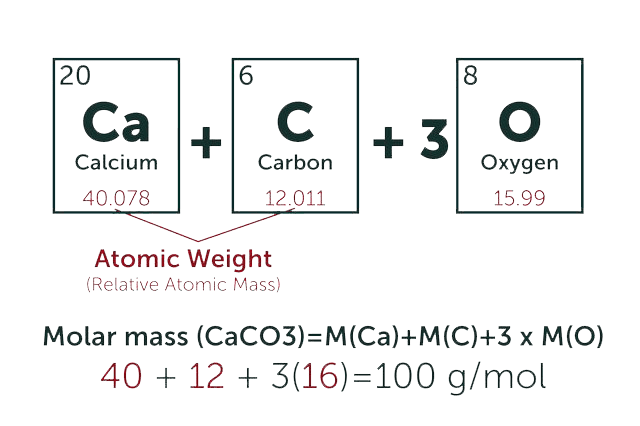1. Functional analysis of filipin tailoring genes from Streptomyces filipinensis reveals alternative routes in filipin III biosynthesis and yields bioactive derivatives
Tamara D Payero, Eva G Barreales, Antonio de Pedro, Javier Santos-Aberturas, Ángel Rumbero, Cláudia M Vicente, Jesús F Aparicio Microb Cell Fact . 2015 Aug 7;14:114. doi: 10.1186/s12934-015-0307-4.
Background:Streptomyces filipinensis is the industrial producer of filipin, a pentaene macrolide, archetype of non-glycosylated polyenes, and widely used for the detection and the quantitation of cholesterol in biological membranes and as a tool for the diagnosis of Niemann-Pick type C disease. Genetic manipulations of polyene biosynthetic pathways have proven useful for the discovery of products with improved properties. Here, we describe the late biosynthetic steps for filipin III biosynthesis and strategies for the generation of bioactive filipin III derivatives at high yield.Results:A region of 13,778 base pairs of DNA from the S. filipinensis genome was isolated, sequenced, and characterized. Nine complete genes and two truncated ORFs were located. Disruption of genes proved that this genomic region is part of the biosynthetic cluster for the 28-membered ring of the polyene macrolide filipin. This set of genes includes two cytochrome P450 monooxygenase encoding genes, filC and filD, which are proposed to catalyse specific hydroxylations of the macrolide ring at C26 and C1' respectively. Gene deletion and complementation experiments provided evidence for their role during filipin III biosynthesis. Filipin III derivatives were accumulated by the recombinant mutants at high yield. These have been characterized by mass spectrometry and nuclear magnetic resonance following high-performance liquid chromatography purification thus revealing the post-polyketide steps during polyene biosynthesis. Two alternative routes lead to the formation of filipin III from the initial product of polyketide synthase chain assembly and cyclization filipin I, one trough filipin II, and the other one trough 1'-hydroxyfilipin I, all filipin III intermediates being biologically active. Moreover, minimal inhibitory concentration values against Candida utilis and Saccharomyces cerevisiae were obtained for all filipin derivatives, finding that 1'-hydroxyfilipin and especially filipin II show remarkably enhanced antifungal bioactivity. Complete nuclear magnetic resonance assignments have been obtained for the first time for 1'-hydroxyfilipin I.Conclusions:This report reveals the existence of two alternative routes for filipin III formation and opens new possibilities for the generation of biologically active filipin derivatives at high yield and with improved properties.
2. A photophysical study of the polyene antibiotic filipin. Self-aggregation and filipin--ergosterol interaction
A Fedorov, M Prieto, M A Castanho, L M Loura Biochim Biophys Acta . 2001 Feb 9;1510(1-2):125-35. doi: 10.1016/s0005-2736(00)00341-2.
Filipin, a macrolide polyene antibiotic, is known to interact selectively with ergosterol, a constituent of fungi membranes. In this work, the fluorescence resonance energy transfer (FRET) between a fluorescent analog of ergosterol, dehydroergosterol (DHE), and filipin was measured in small unilamellar vesicles of dipalmitoylphosphatidylcholine at 25 degrees C. The time-resolved FRET results were rationalized in the framework of the mean concentration model, and were complemented with steady-state fluorescence intensity, anisotropy and absorption measurements. The results point to the formation of both DHE--filipin aggregates (evidence from static quenching of DHE fluorescence by filipin) and filipin--filipin aggregates (evidence from: (i) the FRET acceptor concentration distributions; (ii) spectral changes of filipin absorption in the vesicles, the excitonic interaction suggesting a stack arrangement; (iii) filipin fluorescence self-quenching), even in presence of DHE and low antibiotic mole fractions (<1 mol%). These results point out that apparently contradictory biochemical models for the action of filipin (some based on the presence of sterols, others not) can be equally valid. Moreover, since results (ii) and (iii) are also observed when a sterol is present, both models of action can actually coexist in membranes with a low sterol content.
3. Filipin-sterol complexes in disrupted myelin in the rat
C E Blanchard, G Allt Acta Anat (Basel) . 1988;131(3):210-4. doi: 10.1159/000146515.
Using filipin as a cytochemical probe for cholesterol we have compared the distribution of filipin labelling in mildly disrupted myelin and normal myelin. The myelin lamellae in rat sciatic nerve were separated either by hypotonic saline (0.035-0.07 M) or nerve section (24-32 h) before aldehyde fixation and filipin treatment. Myelin separation was assessed in ultrathin sections and filipin distribution in freeze-fracture replicas. In separated myelin lamellae filipin labelling was similar throughout the myelin sheath while in normal control myelin filipin occurred most in the outer (abaxonal), least in the inner (adaxonal) and intermediate in the middle lamellae. It is concluded that this heterogeneous filipin labelling in normal myelin is a result of diffusion gradients to filipin within the myelin sheath and that in vivo cholesterol is uniformly distributed throughout all the lamellae of the myelin sheath. The site of the diffusion barrier to filipin within normal myelin is considered.



